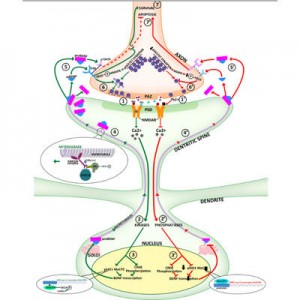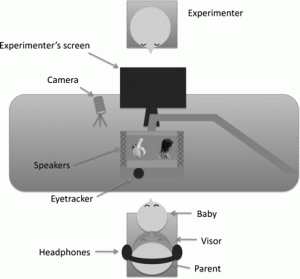 With the average 1 bedroom home in Vancouver starting at $200,000 to $300,000, it is shocking to see that there are various lots sitting empty and unproductive right here in our city.
With the average 1 bedroom home in Vancouver starting at $200,000 to $300,000, it is shocking to see that there are various lots sitting empty and unproductive right here in our city.
These sites, known as urban brownfields, are not only an eyesore to Vancouver citizens but they also limit the potential for development that exists within our city. They could serve a number of purposes such as community parks, local farms, economic centers, and housing developments, all of which are much safer options.
In fact, we have interviewed experts on the subject of brownfields and have gotten their insights on how best we can reclaim these forgotten lands and make them into useful areas.
We used Granville Island as a frame of reference since it is the most successful brownfield reclamation project that exists within Vancouver and we thought about how best we, as a community, can duplicate that success.
Watch this video for more examples of brownfields in Vancouver and the cleaning methods that are considered to revitalize these lands!
https://www.youtube.com/watch?v=PogLdM9vjNg
Based on testimony from both Nicci Theroux and Emma Holmes, the two scientists currently working on brownfield remediation, it seems that the potential for reclamation and redevelopment of these brownfields depends on the previous uses of the sites and what the community can see as being the most economically feasible.
Check out this podcast for some insights from Emma Holmes on her ideas for land remediation.
Audio clip: Adobe Flash Player (version 9 or above) is required to play this audio clip. Download the latest version here. You also need to have JavaScript enabled in your browser.
However, Vancouver is replete with buildings. Homes, shopping malls, boutiques, and restaurants occupy almost every square inch of the city, especially the downtown core. Vancouver is in desperate need of some green space. A little bit of nature to contrast the grey concrete and mirrored high rises.
Although local farming is sustainable and an economical idea, reclaimed brownfields may not be the most suitable place for growing crops. If we want to maximize the use of the land, community parks would probably be the best solution. Not only do they allow all of the Vancouver residents to use, they also showcase the Vancouver environmental plan of being the greenest city in the world by 2020.



























